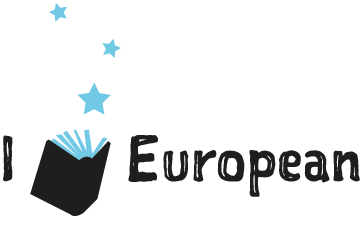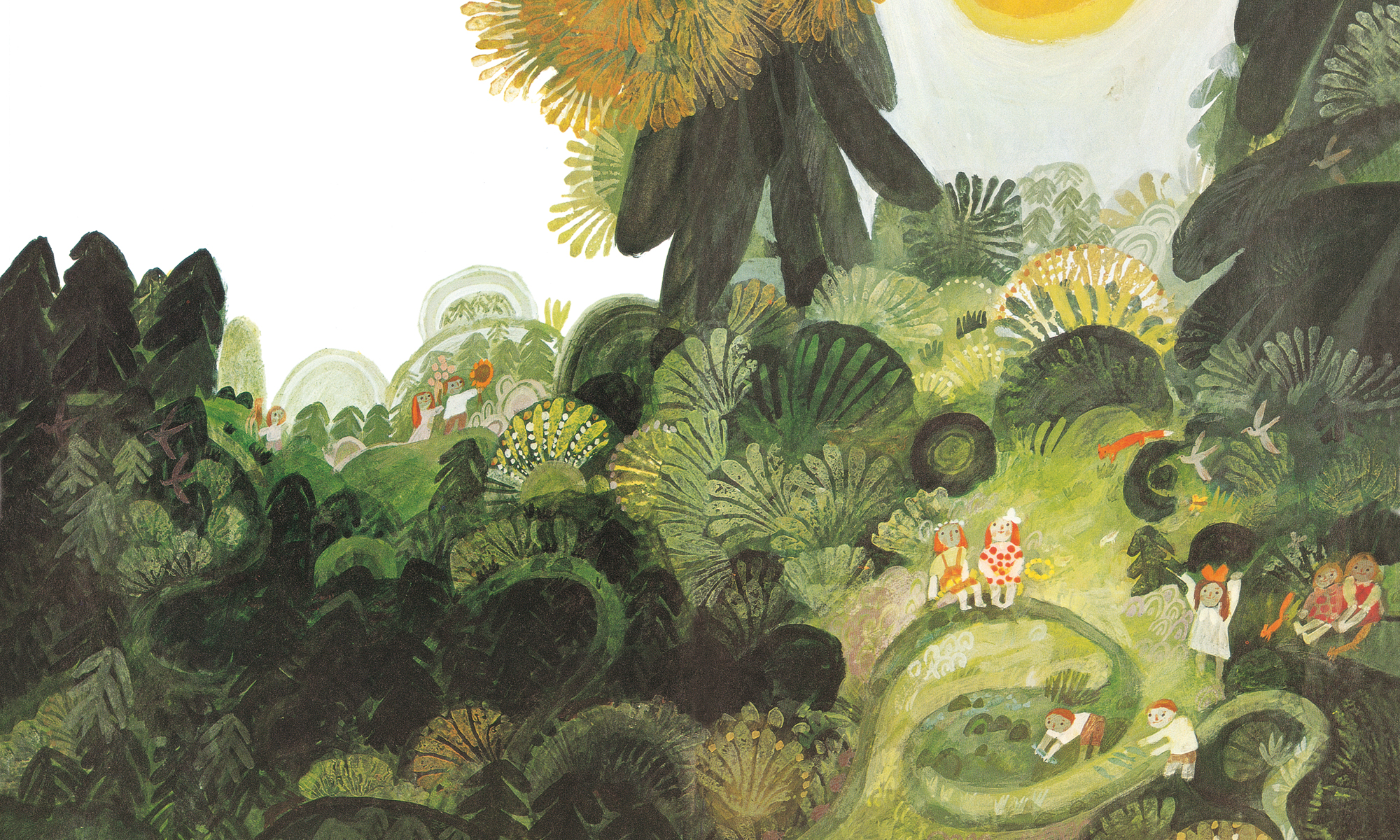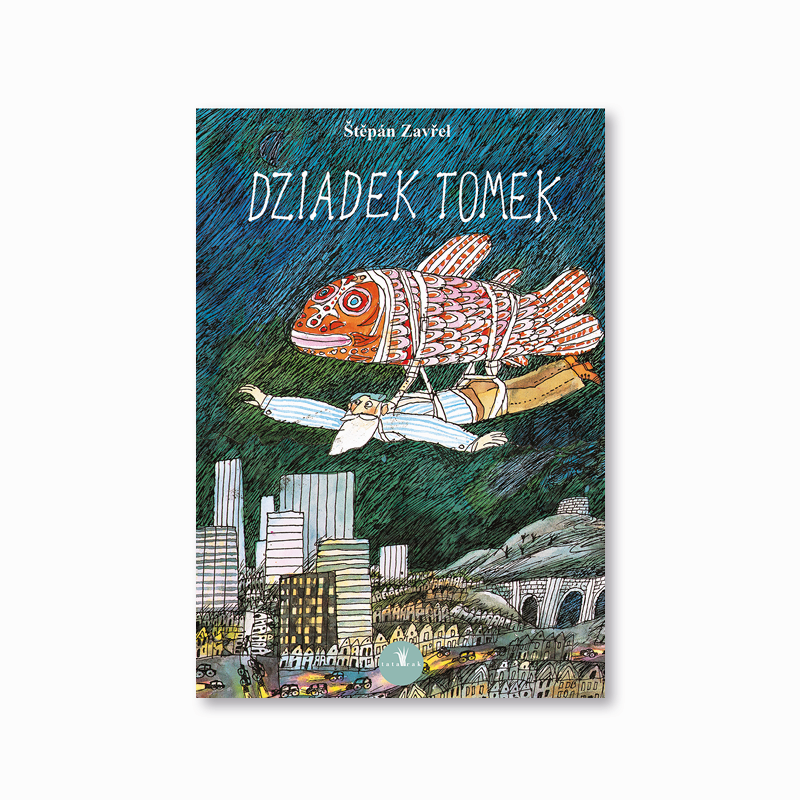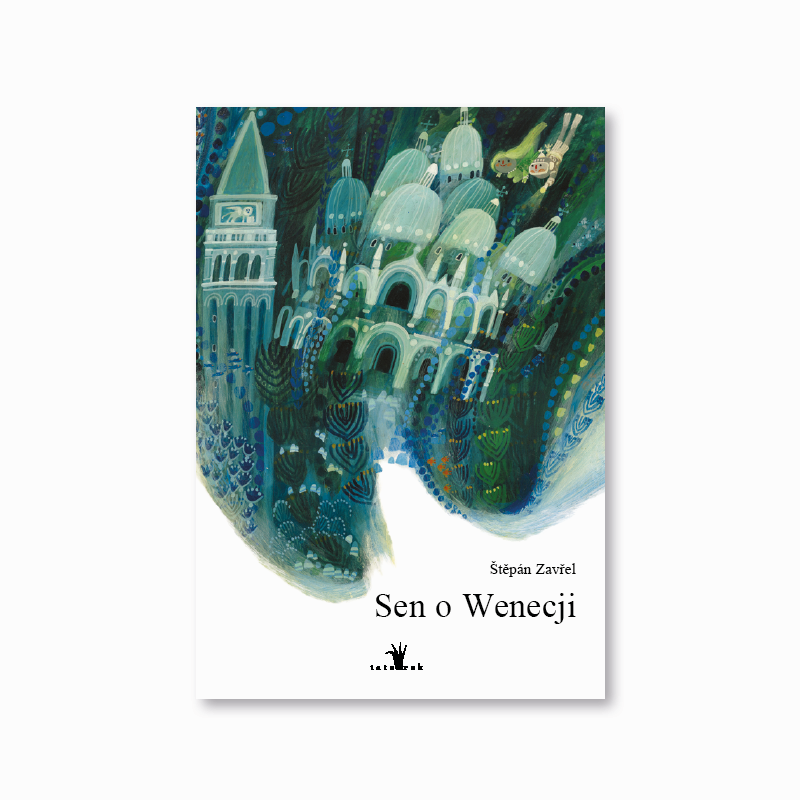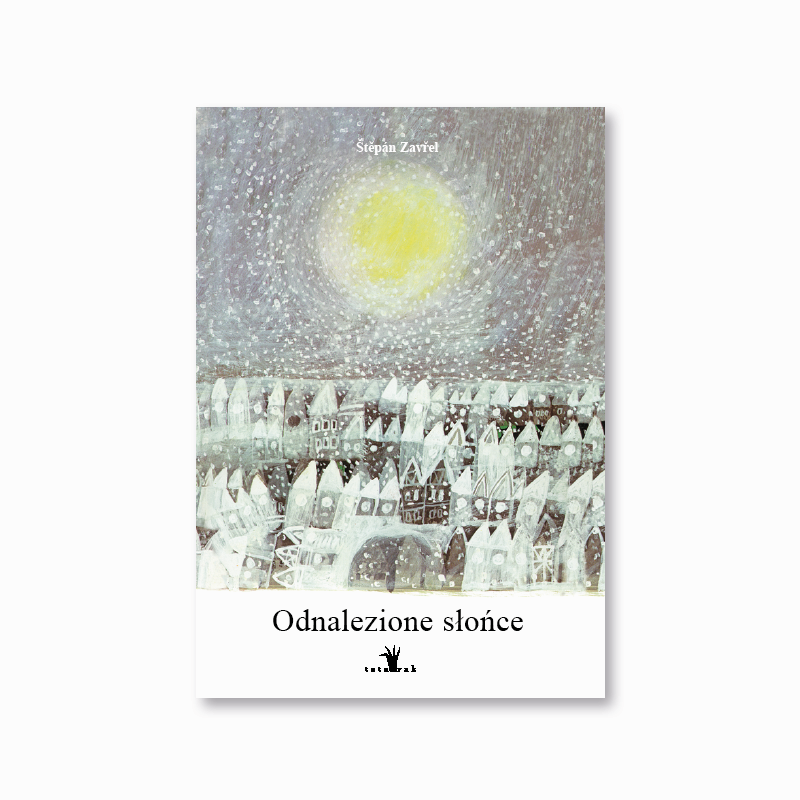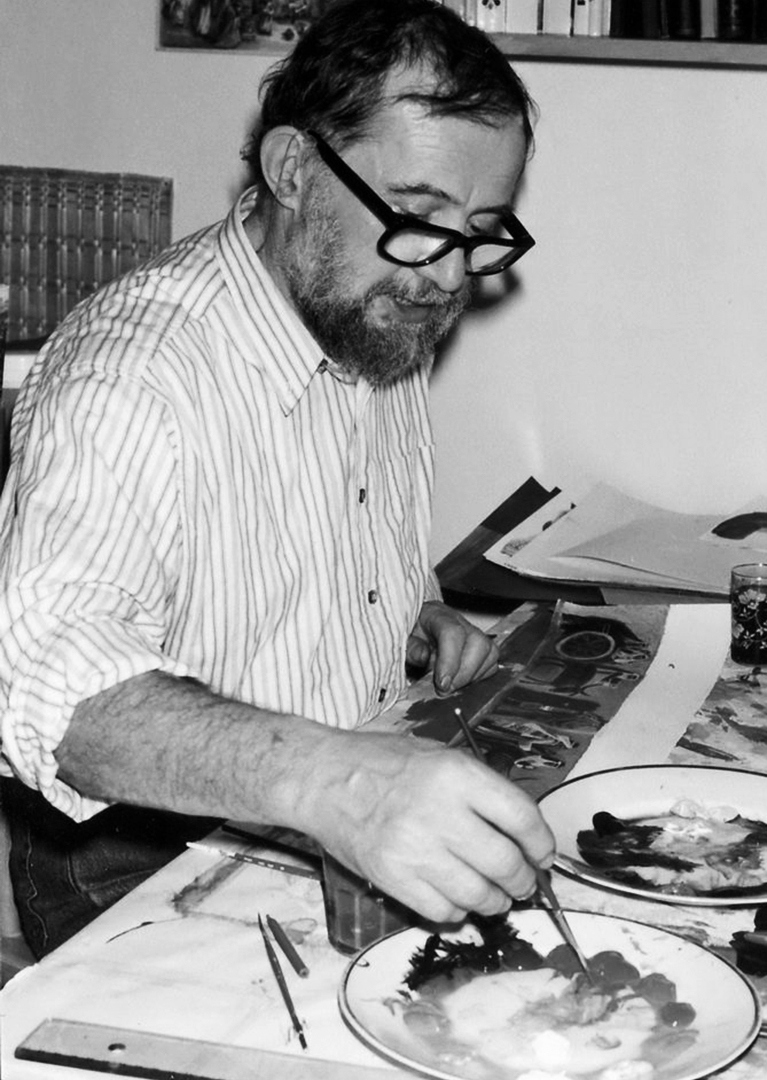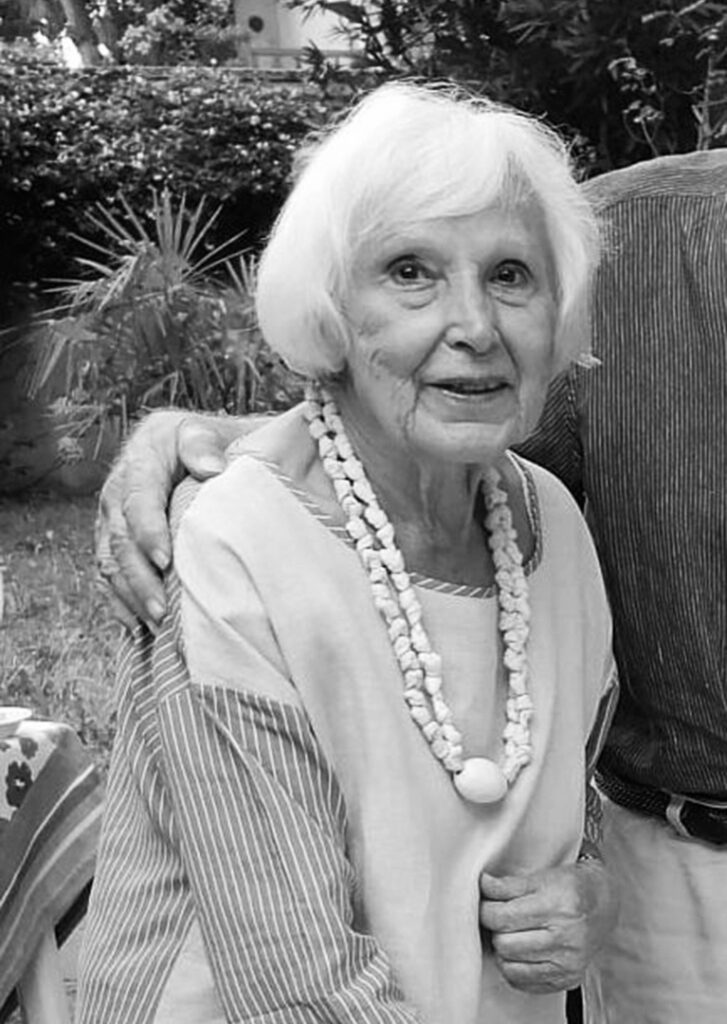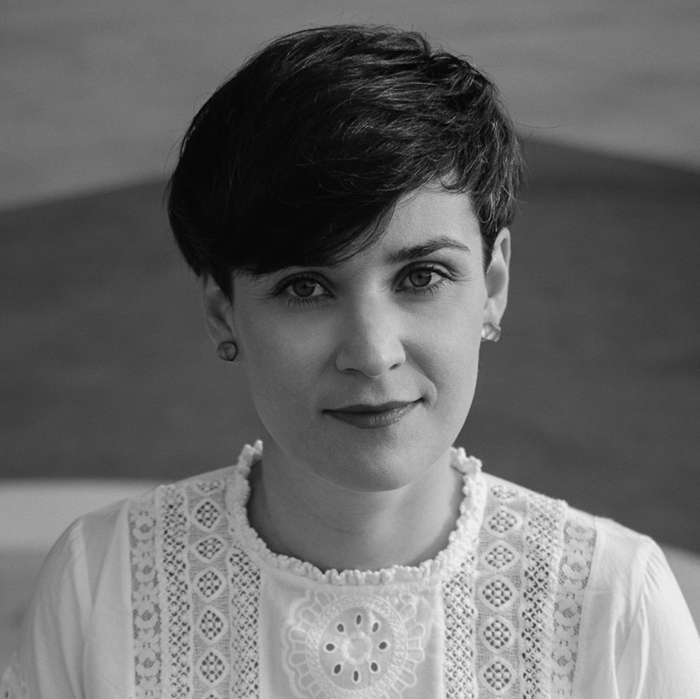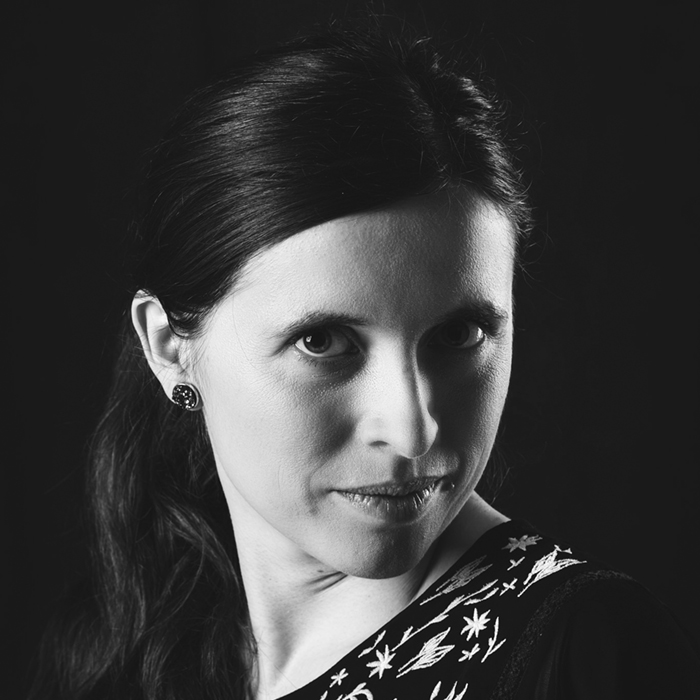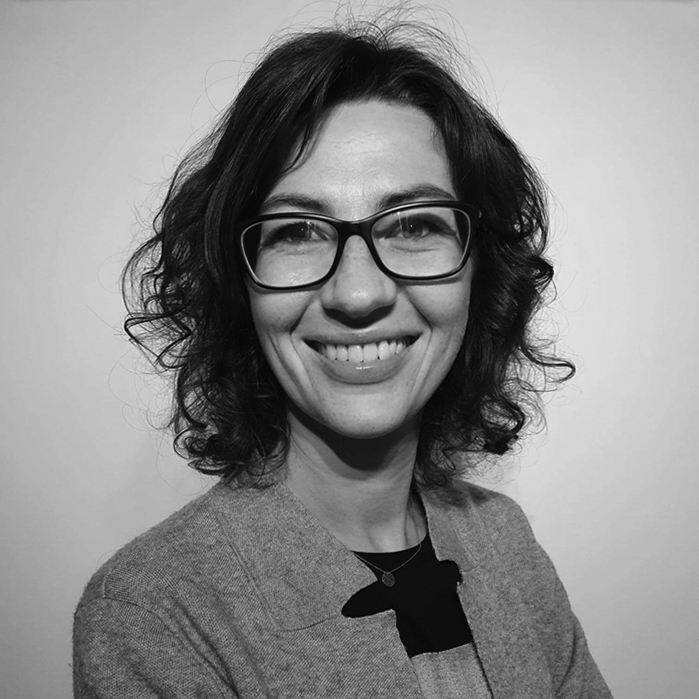The European continent covers over 10 million square kilometers, and is inhabited by 746 million citizens of 46 countries. Europe is a cauldron of many nationalities, which mix and enrich each other, in many languages and over a variety of landscapes. From snowy Norway to steamy Greece, from the Atlantic Ocean to the Ural Mountains, the European identity is a mosaic of cultures, openness and kindness.
When we think about European culture we envision ancient Greek amphitheaters and temples, the Roman Forum, gothic cathedrals, literature and music from all ages, and the paintings of old Flemish Masters. This is our heritage, which inspires us to our hearts content.
More and more people migrate, they settle in new places, to study, work, and sometimes start a new life. In doing do, Europeans experience a multicultural and multilingual environment, setlling down in places far from where they were born.
This was also the experience of the Czech creator and the core figure of our project – Štěpán Zavřel, who migrated from the country where he was born.
Fortunately, in Europe today, we can freely travel, work and start a family. This mobility highlights the importance to both focus on what unites us, what we have in common, without forgetting those parts of our identity and culture that differentiate us and define us as individuals.
Europe is a continent of many languages, which is why translation and interpretation are so important in promulgating its culture. For many years translators and interpreters were underestimated, yet their work brings us closer to the greatest works of literature, introduce us to Europe’s many rich cultures, and thanks to their efforts we can visit other countries without leaving home.
The „I, European” project is focused on supporting and promoting the variety of cultures and languages, and thanks to our translators we can glimpse the fairy-tale lands of Štěpán Zavřel’s books.
